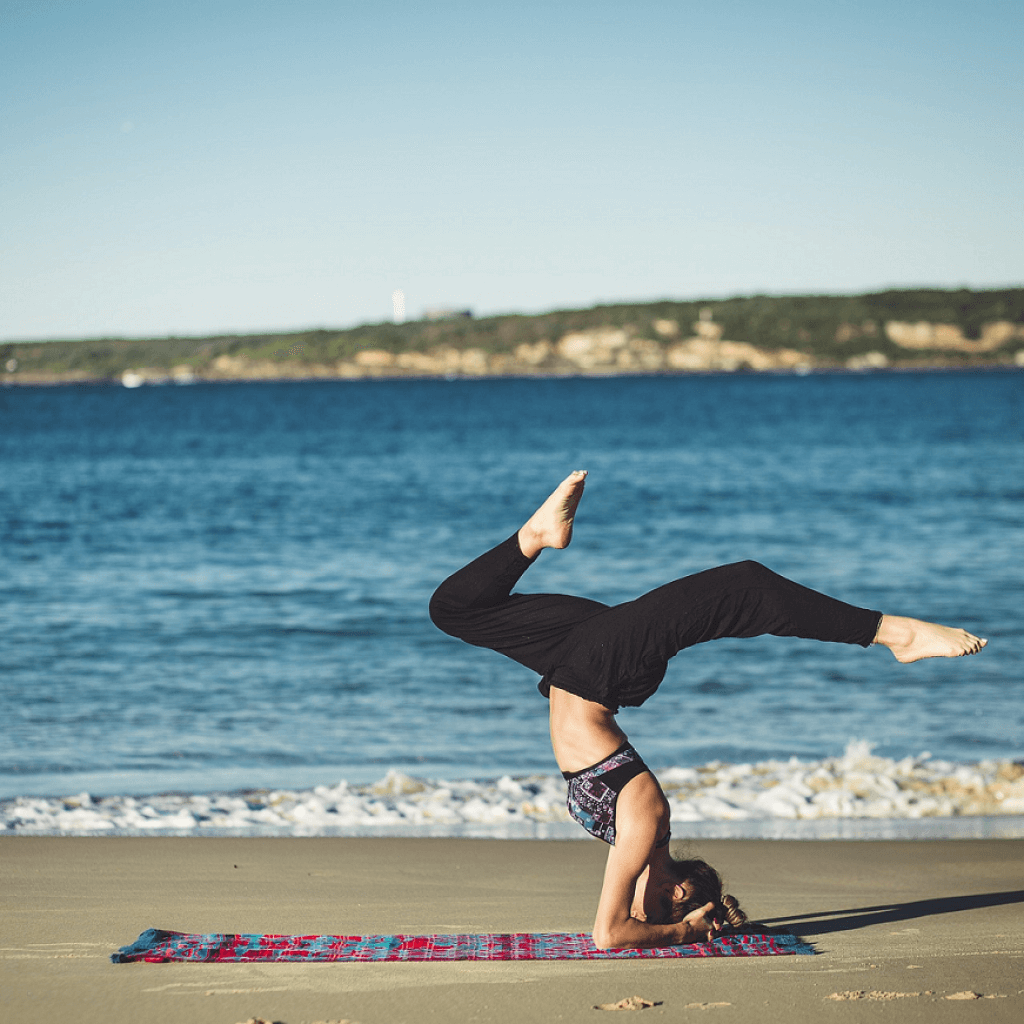How Many Races Should You Run in a Year?

If you’re based in or near a big city, the chances are good that you’re spoilt for choice when it comes to race options. Marathons, half marathons, family 5Ks and obstacle course races – many bigger cities with milder climates offer a smorgasbord of choices on most weekends. In addition hereto, we live in an age where running and even racing streaks are common. Runners of all levels and abilities are proudly boasting daily runs as well as monthly, or even weekly, races. Many of them with no apparent injuries or issues.
So the question is this: Exactly how often should you race? Is there a maximum race frequency beyond which performance dwindles or stagnates, or the likelihood of injury increases? And, if so, what is the optimum racing frequency?

Dreams vs. reality
First of all, let’s face the fact that a myriad of factors influence how many times a year we actually can race. Things like budget constraints, geographic location, bouts of sickness and family logistics prevent many an aspiring racer from racing to his or her heart’s content. But let’s say that all of these things were magically taken care of. How many times per year can the average runner complete an all-out race without burnout, a decline in performance, or increased risk of injury?

Not a “one-solution-fits-all” scenario
It goes without saying that every runner is unique. What works for you may lead to injury for your running buddy. And what you perceive as a high-mileage week may be another runner’s warm-up. The same goes for the ideal racing schedule. Although experts might make certain general recommendations regarding optimal racing frequencies, it remains vital to listen to your body. Always. And to act accordingly.
General guidelines for an optimal racing schedule
That said, distance running coach Kevin Beck, in conjunction with exercise physiologist Pete Phitzinger, have come up with a rough guideline to help you compile a safe, yet fulfilling annual race schedule. These general guidelines are based on the following four assumptions:
- That it takes 10 weeks of training to prepare well for a race
- It takes a few races to get your body into peak racing condition
- When race-fit, you can record PBs for a range of different distances (for example 8K to 10 miles)
- Every runners needs a period of recovery after a series of races

Based on these assumptions, Beck recommends an annual racing schedule comprising two of the following cycles:
- A training period of 10 weeks
- Three subsequent preparatory races (one every two weeks)
- A fourth, all-out goal race, two weeks later, where you will hopefully peak
- And lastly, a three-week recovery period with only easy running and no hard workouts
Each cycle will therefore take 21 weeks to complete, which will allow for two such cycles to be completed within a year. Beck notes that the first of these cycles could be used to focus on shorter race distances of up to 10 miles and the next one for distances longer than 20 miles. This isn’t, however, a requirement.
It’s also worth noting that Beck states that PBs at longer distances, i.e. 13.1 miles to 20 miles, are possible and even likely while training for a marathon. Setting a PB at race distances of 10 miles and shorter is, however, less likely if you are an experienced racer. It is highly likely that a specific training block, complete with build-up races and a carefully selected goal race, will be required in order to set a PB at one of these shorter distances.
The importance of an off-season
Jenny Hadfield, certified personal trainer and coach with a Masters Degree in Exercise Science, confirms that the inclusion of an “off-season” in your annual training and racing regime is just as vital to running success as peak training. Unlike Beck, Hadfield recommends an “off-season” of four to six consecutive weeks.
And if the thought of a three-week recovery break or a four to six-week “off-season” makes you wince, don’t fear. Hadfield is quick to put worried minds at ease by explaining what an “off-season” is NOT:
- It is not a period of no running at all
- It is not a punishment of sorts
- It does not entail spending hours and days on the couch watching Netflix
- It is not “racing for fun”
- It is not the process of rehabilitating an injury

So what should you be doing during your recovery break or “off-season”? Ideally you should be using this time for rejuvenating yourself both mentally and physically with the inclusion of fun, non-running activities into your training schedule. Here is an example of an ideal “off-season” training week:
- Running frequency: 3 to 4 times per week
- Running time: Anything from 30 to 70 minutes (for example two 30-minute runs mid-week and one longer run of 60 minutes over the weekend)
- Intensity: Easy+ (meaning mostly easy runs, plus one fartlek session per week)
- Bonus points: You score bonus points for incorporating some gentle cross-training activities, such as yoga, swimming or cycling, into your weekly schedule
Hadfield’s own personal “off-season” training schedule typically looks as follows:
- Running: Two to three times per week for 40 to 60 minutes each time at an easy level. She includes one fartlek session per week.
- Yoga: Twice a week.
- Mountain biking: Once a week for 45 to 60 minutes at a moderate effort.
- Strength training: One to two sessions per week.
The takeaway
Based on the assumptions made above, you should therefore be able to safely compete in two races per year at an all-out effort level, with some additional build-up races as an added bonus. So go ahead and play around within the framework given. Just remember to keep listening to your body and adapting your schedule accordingly. You’re sure to find a regime that works best for you!
Latest Articles
 Is Running on a Treadmill Easier Than Running Outside?Runners have their own preferences, whether it is treadmill running, running outside on the road, or exploring trails. So...
Is Running on a Treadmill Easier Than Running Outside?Runners have their own preferences, whether it is treadmill running, running outside on the road, or exploring trails. So... Is It OK to Use Trail Running Shoes on the Road?While trail running shoes can be used on roads, especially in situations where a runner encounters mixed terrains or pref...
Is It OK to Use Trail Running Shoes on the Road?While trail running shoes can be used on roads, especially in situations where a runner encounters mixed terrains or pref... How to Fix Sore Quads After Running?Rest, ice, gentle stretching, and over-the-counter pain relievers can help soothe sore quads after running. Also, ensure ...
How to Fix Sore Quads After Running?Rest, ice, gentle stretching, and over-the-counter pain relievers can help soothe sore quads after running. Also, ensure ... 10 Fruits With The Most Electrolytes to Replace Sports DrinksThese fruits are high in electrolytes such as potassium, magnesium, and calcium, essential for hydration, muscle function...
10 Fruits With The Most Electrolytes to Replace Sports DrinksThese fruits are high in electrolytes such as potassium, magnesium, and calcium, essential for hydration, muscle function...

